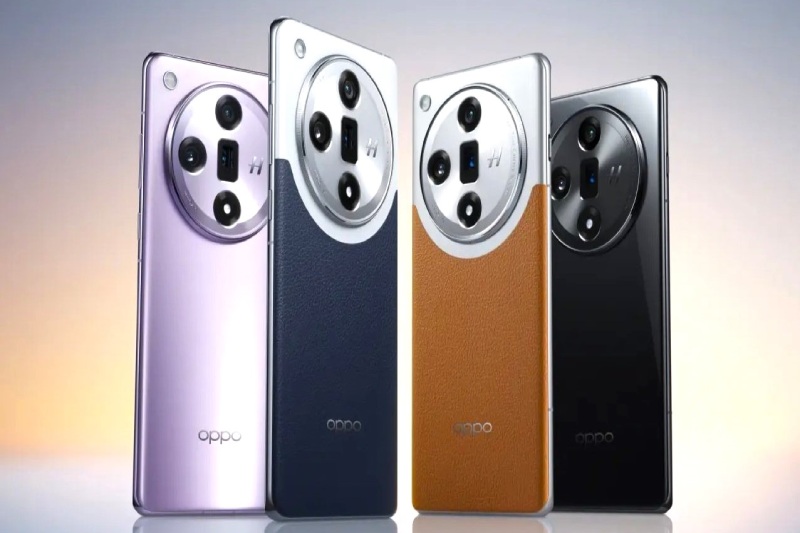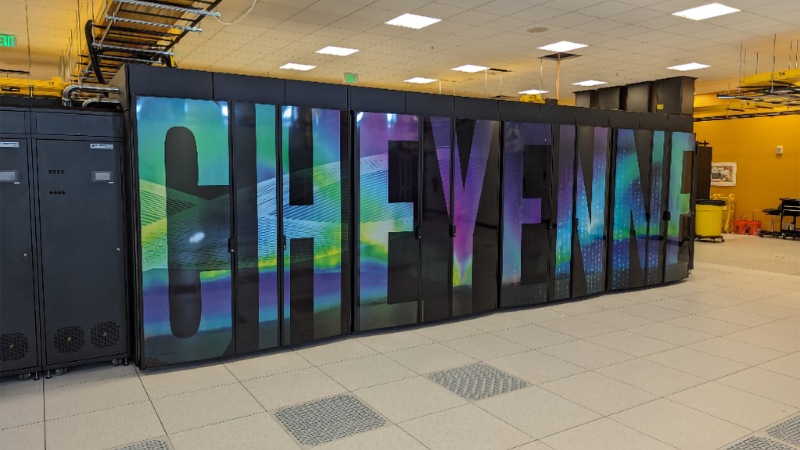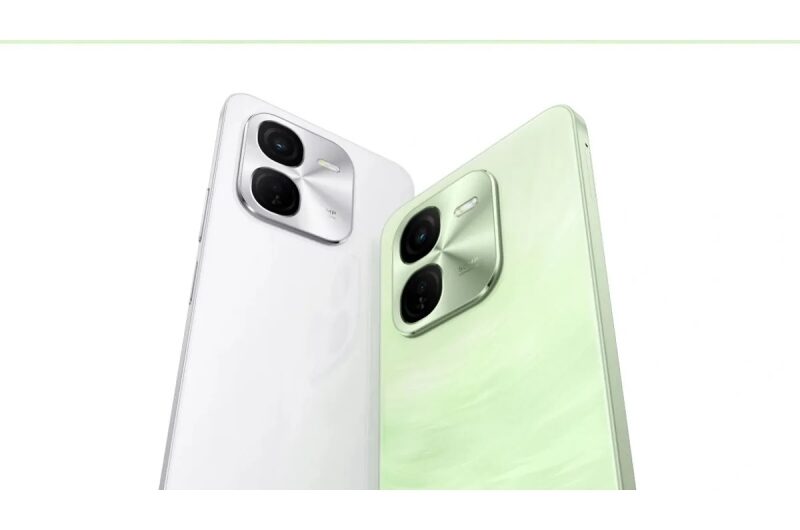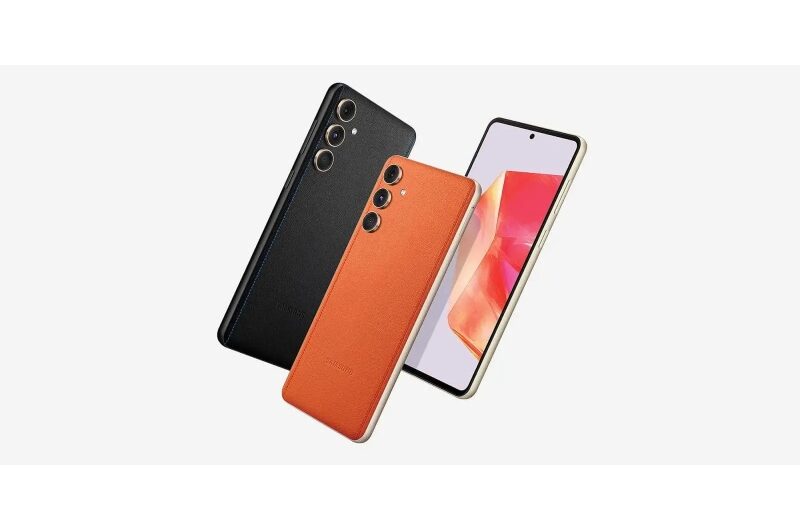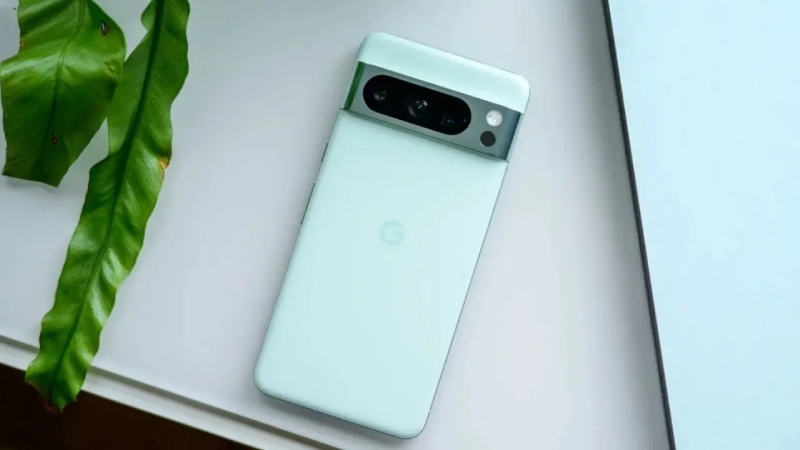The highly anticipated Find X7 Series from OPPO, a line that promises to combine innovation and style, unveils.
OPPO authorities have purposefully revealed some design elements, but this has satisfied consumers’ need to see a preview of the actual looks of the Find X7 and Find X7 Ultra. treated to a visual feast with real-life images of the OPPO Find X7 and OPPO Find X7 Ultra that not only highlight the smartphones but also give prospective customers a blank canvas on which to select the colors they want.
The OPPO Find X7 Series comes in a variety of colors. The Ultra model has Orange, Blue, and Black options, all of which are paired with a stylish dual-piece body made of leather and glass. The regular OPPO Find X7 has color options that include orange, blue, black, and purple. Notably, the Black and Purple models showcase an enticing all-glass body, while the Orange and Blue models mimic the Ultra’s opulent glass and leather composition.
The color orange maintains its classic charm, ensuring that it will always be appealing. The Blue version offers a novel and eye-catching color. But the Black leather version steals the show, gleaming with a brilliance that is beyond description. For those who want a glossy, elegant touch, there are Purple and Glass Black versions.
Set your calendars for January 8th, at 14:30, when OPPO will unveil these technological marvels in China, where it is based. Fans will be kept on the edge of their seats during the interim as OPPO promises interesting updates, leading up to the global debut.
Overview of the OPPO Tidal Wave Architecture
More than simply satellite connectivity and AndesGPT AI were highlighted at the most recent OPPO Find X7 Series technical communication meeting. A self-developed software and hardware chip fusion technology stack called Tidal Wave Architecture was revealed by OPPO with the goal of addressing major bottlenecks in System-on-a-chip (SoC) computing efficiency.
The capacity of Tidal Architecture to ascertain the system resource requirements of the running program from a single scene is what makes it unique. This is accomplished by determining whether the application is now dominated by rendering or computational duties. More cache is actively allocated to the CPU by Tidal if computational processes take precedence. On the other hand, the GPU receives more resources when rendering jobs are prioritized. Official estimates show that this dynamic allocation saves an amazing 8% on average in energy efficiency.
The finely tuned identification of individual scenes, sophisticated scene scheduling analysis, and precise arithmetic power matching are the key components of Tidal Wave Architecture’s strength. Because of this, SoC compute units can be dynamically scheduled to run within the ideal energy efficiency period. Notably, energy efficiency significantly improves for apps like Daily Fast Hand, maps, tweeting, and browsers.
Tidal Architecture, according to OPPO, is more advanced than simple chip arithmetic scheduling. By utilizing scene-based improvements to the GPU’s driving capability, it successfully addresses problems with GPU control display latency consistency that may affect the smoothness of the system.
The Find X7 performed remarkably well in a demanding test scenario that involved 320 application launches that mimicked a day’s worth of use. This success represents an important turning point, offering
To sum up, OPPO’s Tidal Wave Architecture is a significant advancement in tackling the intricacies of CPU efficiency in smartphones. It not only increases energy economy but also raises the Find X7 Series’s consistent starting performance to new levels by cleverly responding to the demands of a variety of applications. This sets a new standard for premium smartphones in the cutthroat smartphone market.
Topics #OPPO Find X7 #Photos